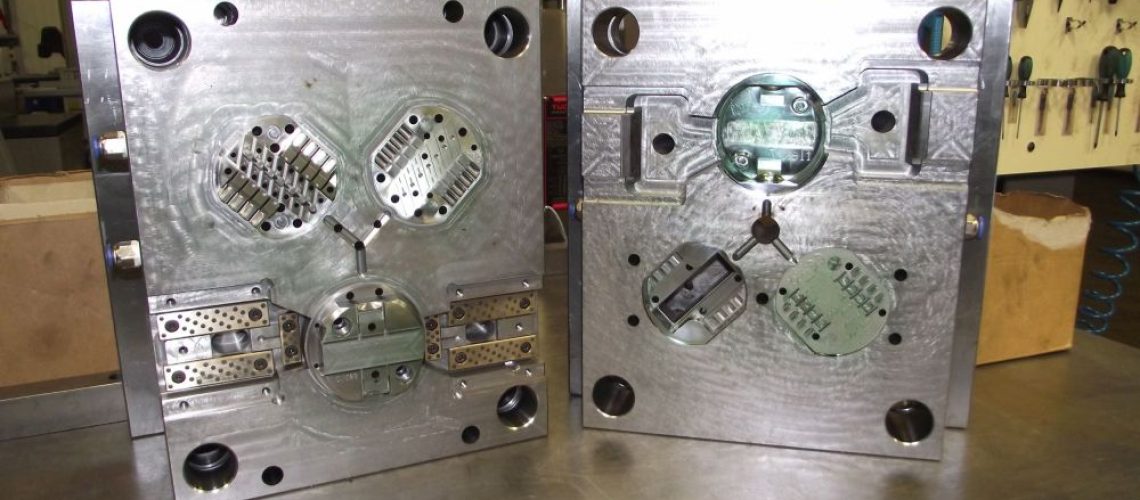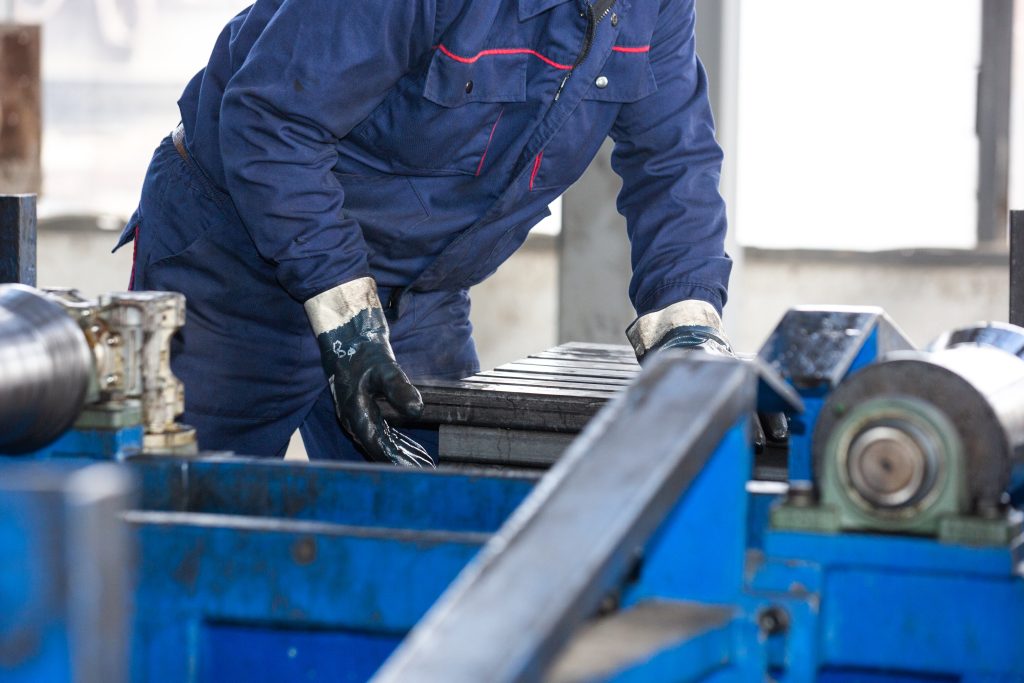Precision injection mould tool design is a highly specialised field that involves the creation of precise and accurate tools used in the injection moulding process.
These tools are used to produce high-quality, consistent plastic parts that are used in a wide variety of industries, including automotive, medical, and consumer products.
The design of a precision injection mould tool is a complex process that requires a thorough understanding of the injection moulding process, as well as the properties of the plastic materials that will be used.
The process typically starts with the creation of a detailed design that includes all of the necessary features and specifications of the final product.
This design is then translated into a 3D computer-aided design (CAD) model, which is used to create a mould that will produce parts that conform to the desired specifications.
One of the most important aspects of precision injection mould tool design is the use of advanced manufacturing techniques.
The use of Computer Numerical Control (CNC) machining, for example, allows for the precise and accurate machining of the mould components, which is critical for producing high-quality parts.
Another important aspect of precision injection moulding tool design is the use of high-quality materials. The moulds used in the injection moulding process are typically made from high-strength metals, such as steel or aluminium, that can withstand the high pressures and temperatures of the injection moulding process.
These materials also must have good thermal conductivity properties to dissipate heat effectively and have minimal wear and tear during the moulding cycles.
The lifespan of precision injection mould tool design
The life expectancy of a precision injection mould tool can vary depending on how well it is maintained and the environment it is used in.
Generally, injection mould tools are categorised into five classes, with Class 101 having the longest life expectancy of over 1 million cycles and Class 105 having the shortest life expectancy of 500 cycles.
Proper maintenance is key to extending the life of an injection mould tool, as well as selecting the right materials and cycle times to use.
Something to think about is how many parts are expected to be produced with that tool, as the lifespan of the tool may vary depending on the usage, material, size, and complexity of the part.
In addition, the design of the injection mould tool must also take into account the properties of the plastic material that will be used in the moulding process.
This is important to ensure that the plastic parts produced will have the desired properties, such as strength, flexibility, and resistance to heat and chemicals.
Injection moulding process
Injection moulding is a highly efficient method of producing plastic parts in large quantities. The process involves injecting molten plastic into a precision-machined mould, where it cools and solidifies into the final part.
One of the main benefits of injection moulding is its high speed and efficiency. Depending on the complexity of the part and the size of the mould, it is possible to produce hundreds or even thousands of parts per hour.
Additionally, the process is highly automated, which can further increase efficiency and reduce labour costs.
Another advantage of injection moulding is its ability to produce parts with high accuracy and precision.
The moulds used in injection moulding are typically made of steel or aluminium and are designed to precise tolerances. This means that the parts produced will also have precise dimensions, which is particularly useful for parts that need to fit together with other components.
Injection moulding also allows for consistent and reliable repeatability, so that all parts produced with the same mould are identical.
The type of plastic used can affect the efficiency of the process. For example, certain plastics might be more prone to warping or have higher injection pressure, which can affect the production rate and quality of the final parts.
In conclusion, precision injection mould tool design is a critical aspect of the injection moulding process, as it plays a vital role in the production of high-quality, consistent plastic parts.
The use of advanced manufacturing techniques, high-quality materials, and a thorough understanding of the injection moulding process and the properties of the plastic materials are all essential components of precision injection mould tool design. This ensures that the final product is of the highest quality, meeting the specifications and requirements of the customer.
In conclusion, precision injection mould tool design is a critical aspect of the injection moulding process, as it plays a vital role in the production of high-quality, consistent plastic parts.
The use of advanced manufacturing techniques, high-quality materials, and a thorough understanding of the injection moulding process and the properties of the plastic materials are all essential components of precision injection mould tool design.
This ensures that the final product is of the highest quality, meeting the specifications and requirements of the customer.




